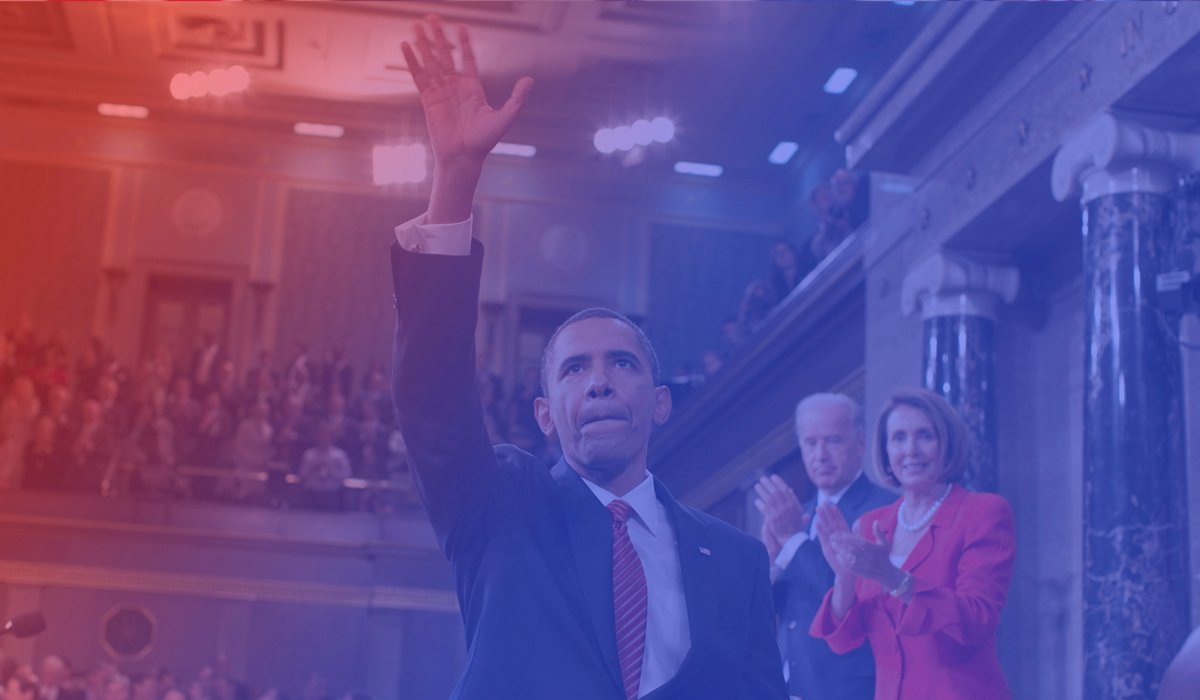It hasn’t been all too long since the last time any one party controlled the White House along with the Senate and Congress. In 2009 after Barack Obama was sworn in as president, he was granted two years of governance in which his Democratic Party had almost all the power in Washington.
Promising to reel the country back from the brink of disaster amidst the Great Recession and Iraq wars, President Obama came into office with a lofty agenda and promised to deliver change for the young and the working-class.
Exactly what did he get done with that majority, though?
Obamacare was pushed through, and enacted as law
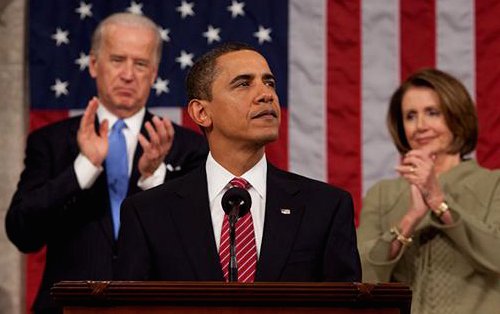
Wikimedia Commons
When Obama took the oath of office, he was greeted by a lower chamber comprised of 257 Democrats and 178 Republicans in congress. He also had 59 votes to count on in the U.S. Senate, one shy of a filibuster-proof majority (60 votes are required to bypass a filibuster).
That allowed for him, with the help of Republican Sen. Olympia Snowe and Independent Sen. Joe Lieberman, to overhaul the healthcare system and set up a federal marketplace.
It’s also the one thing that united a Republican Party experiencing a lot of infighting. Under President-elect Trump, the law will most likely be repealed rather abruptly.
The stimulus act levied upon Americans, weary of bailing out big banks
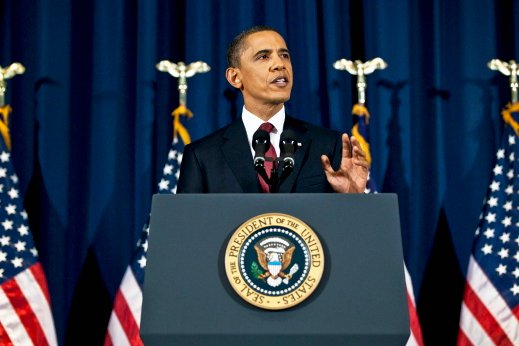
Stock photo
Although President Obama entered office with the national debt doubled under President Bush, he urged Washington to pass a stimulus package worth nearly $900 billion — almost as soon as he took residence in the White House.
Opposition, he said, would result in another economic recession and quite possibly a depression.
So it was that the American Recovery Act came into existence, and made it to the president’s desk after not a single Republican supported the measure. It followed the TARP agreement signed by President Bush that allowed the federal government to purchase toxic assets and equity from financial institutions that were deemed “too big to fail.”
Republicans remember it as costing too much, for results that returned too little. It is estimated however that the ARRA helped to create or save an average of 1.6 million jobs a year for four years. The cost of not doing anything would have been catastrophic, making the need to inject the economy with public money nascent after private investment came to a screeching halt.
Gridlock in Washington
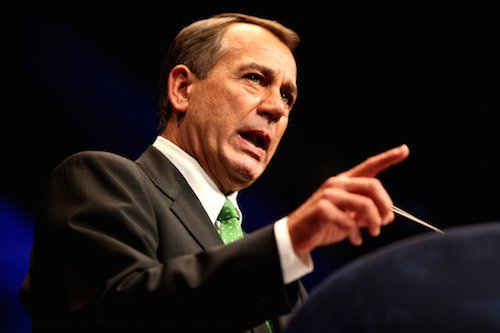
Former House Speaker John Boehner (Flickr/Gage Skidmore)
After the Republicans had decided upon total opposition to the president’s agenda, it became clear that the Dems couldn’t follow through on a litany of promises made on the campaign trail.
Without bi-partisan support the federal budget could not be passed, and House Minority Leader John Boehner and Senate Minority Leader Mitch McConnell made rallied opposition to almost all of the measures that Obama made unrelated to funding the federal government. With Obama looking to increase the largess, power, and cost of the federal government he stood ardently in opposition to the fiscal conservatives championing limited government.
The 39 percent increase in federal spending over that period was the greatest since World War II. Obama’s strategy involved producing bills that would gain a consensus of support within his own party, such as the Lilly Ledbetter Fair Pay Act. Obama expected the Republicans would meet him halfway on any number of them, although they filibustered over 400 times.
What the Democrats didn’t get done
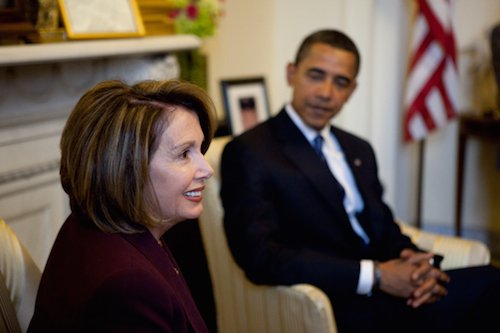
Nancy Pelosi and President Obama (Wikimedia Commons)
Unfortunately for the 44th president, he could not deliver on key issues important to the American people even with “total control” of congress.
For instance, immigration reform was never passed when the Dems held the keys to power in Washington for those two brief years. It then became a rallying cry on the far right, when job losses were pinned partially on immigrants entering the country just as jobs were being shipped overseas.
During that two year stretch, Democrats were also unable to pass comprehensive financial reform. Instead they relied only on the Dodd-Frank Act to get the ball rolling, and its complexities are still being reviewed today. It would not be an issue revisited on a national political scale until Sen. Bernie Sanders of Vermont ran for president 2016 and promised to reign in Wall Street.
Democrats also failed to close Guantanamo Bay and end dependence on Middle East oil, sign the Employee Free Choice Act for easier unionization, legalize importing of prescription drugs, add a public health option and lower insurance premiums.
